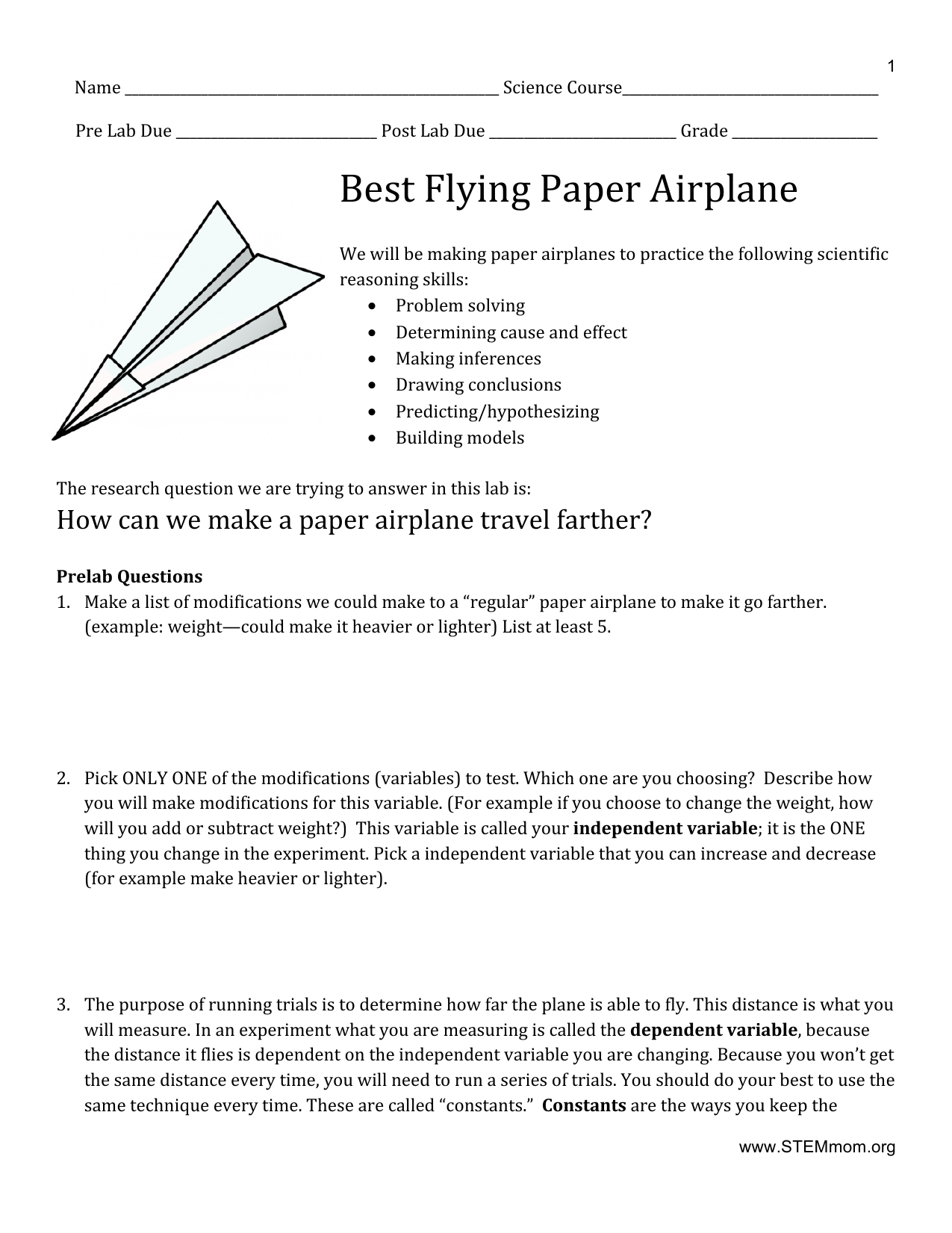

Perhaps they recently heard that their child is misbehaving in school, or maybe they’re wrestling with some negative feedback they recently received from their manager.ĭistractions like these are perfectly normal, but it’s up to you to bring your employees back to reality and keep them engaged. Often, employees arrive with their thoughts elsewhere. If you have a Pilot's License, you can easily download and print the teacher's packet and student handouts.Capturing your employee’s attention at the start of a team-building event can be tricky. We have prepared everything that you need and put it all into a convenient 12 page PDF document. Write, read, and evaluate expressions in which letters stand for numbers. Use ratio and rate reasoning to solve real-world and mathematical problems. Understand the concept of a ratio and use ratio language to describe a ratio relationship between two quantities. Add, subtract, multiply, and divide decimals to hundredths. Use place value understanding to round decimals to any place. Plan and carry out fair tests in which variables are controlled and failure points are considered to identify aspects of a model or prototype that can be improved. Support an argument that the gravitational force exerted by Earth on objects is directed down NGSS: 3-5-ETS1 Engineering Design ( link)ĭefine a simple design problem reflecting a need or a want that includes specified criteria for success and constraints on materials, time, or cost. NGSS: 5-PS2 Motion and Stability: Forces and Interactions ( link) The activity can easily accommodate grades 4-6 and the teacher's packet includes instructions for how to scale it up or down as necessary. This classroom activity is aligned to the Next Generation Science Standards (NGSS) and Common Core State Standards (CCSS). Through the experiment, students will learn about the forces acting on airplanes (thrust, gravity, drag, lift) and they will be using grade-level mathematics to calculate the size and surface area of the different pieces of paper that will be used to make the varying sizes of paper airplane. Students will then compare their data with fellow classmates and resolve conflicting results. During multiple trials, data will be collected, graphed and interpreted to test their prediction and draw a conclusion.

They will identify the controlled variables and construct a fair method of testing their hypothesis.

Students will select which dependent variable they wish to measure (distance traveled, time aloft, etc) and then formulate a hypothesis. Students will use paper airplanes to conduct a scientific experiment to determine if the size of the paper airplane makes a difference in how it performs. Experiment with Different Sizes of Paper Airplanes


 0 kommentar(er)
0 kommentar(er)
